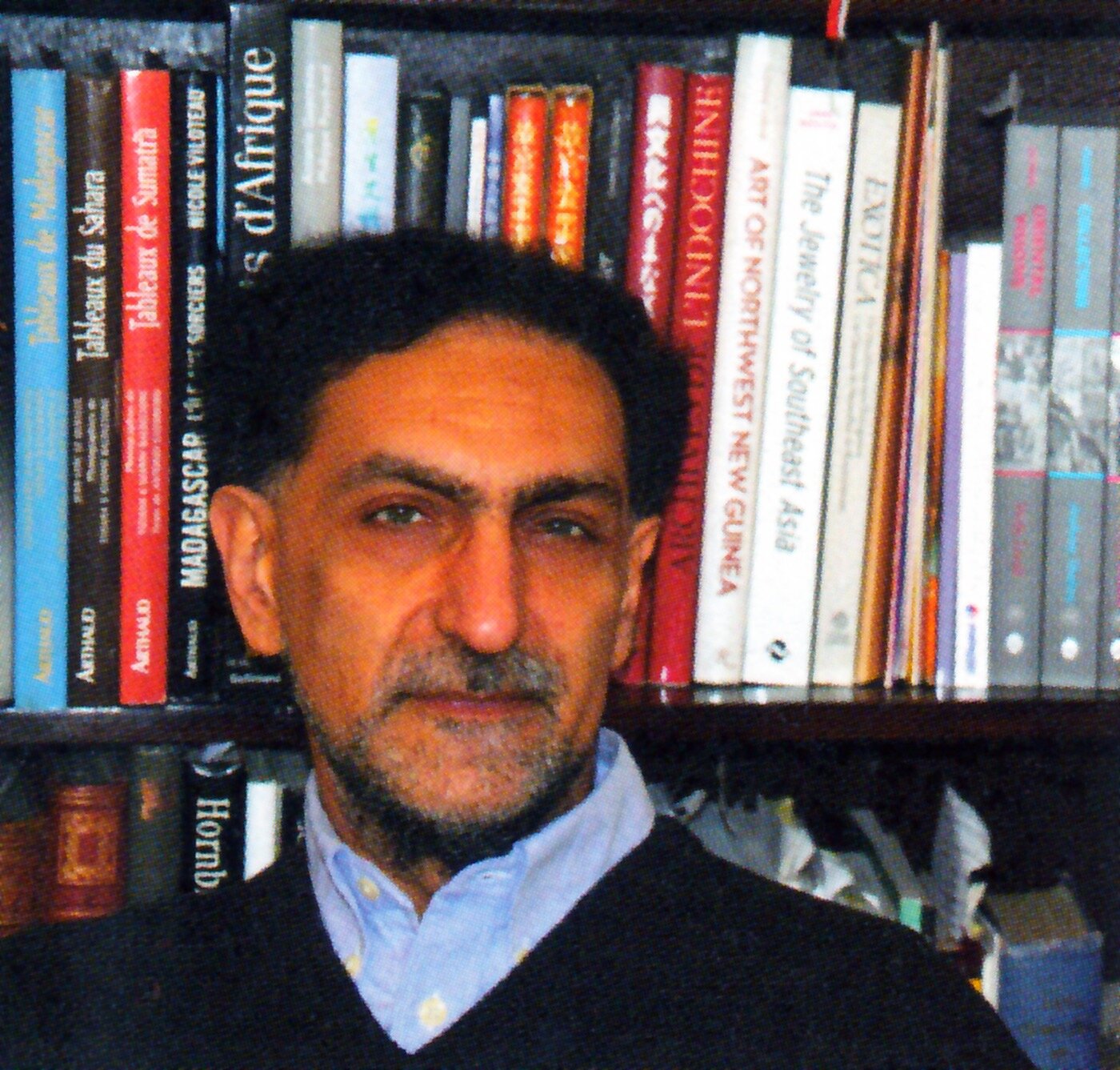Resource Spotlight | “Naga Treasures: Tribal Adornment from the Nagas, India and Myanmar” by Manfred Giehmann | Foreword by Antonio J. Guerreiro
Naga Treasures
Tribal Adornment from the Nagas
India and Myanmar
by Manfred Giehmann
Foreword by Antonio J. Guerreiro
Antonio J. Guerreiro
Dr. Antonio J. Guerreiro received his Ph.D at EHESS in Paris (1985). After initially focusing on architectural, social and cultural anthropology studies, he later gained insight and expertise in museography. Dr. Guerreiro has researched Hindu-Buddhist iconography and architecture in Southeast Asia, and has since the 1980’s extensively published on Malay-Indonesian ethnic cultures with a special focus on Sumatra and Borneo. While lecturing in the field of material culture studies,- i.e. vernacular architecture and sculpture - Dr. Guerreiro has worked as a consultant for various museographical projects in France and abroad besides curating/co-curating diverse exhibitions. During the 1990s, he was a visiting scholar at the Department of Anthropology, University of Tokyo.
He is currently a Senior Research associate at the Institut de Recherches sur l’Asie (IrASIA, CNRS/Aix-Marseille Université, Marseille, France) and a member of ICOM-France (Unesco-Paris). He is also Secretary-General of the Society of Euroasiatic Studies at the Musée du Quai Branly, Paris. In 2017-2018 he was a Research Fellow at the Sarawak Museum Campus Project (SMCP) and Heritage Trail project in Kuching (Sarawak, Malaysia). Dr. Guerreiro is still doing consultancy for the Museum while conducting research on woodcarving traditions, museum collections and the conservation of monumental structures of the Orang Ulu peoples of Sarawak. He is also actively engaged in researching colonial photography in Borneo (Sarawak, Sabah, Brunei, Kalimantan).
Disclaimer: This is not a sponsored post. Art of the Ancestors does not receive a commission should any of our readers purchase the aforementioned book. Art of the Ancestors is a strictly non-commercial educational platform and has no vested interest in the professional activities of the author listed above.


